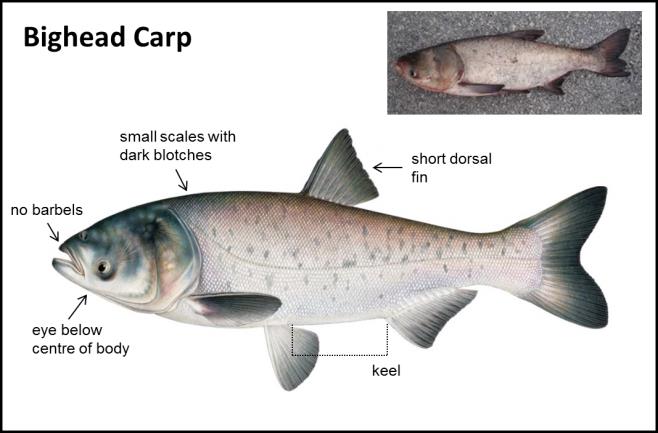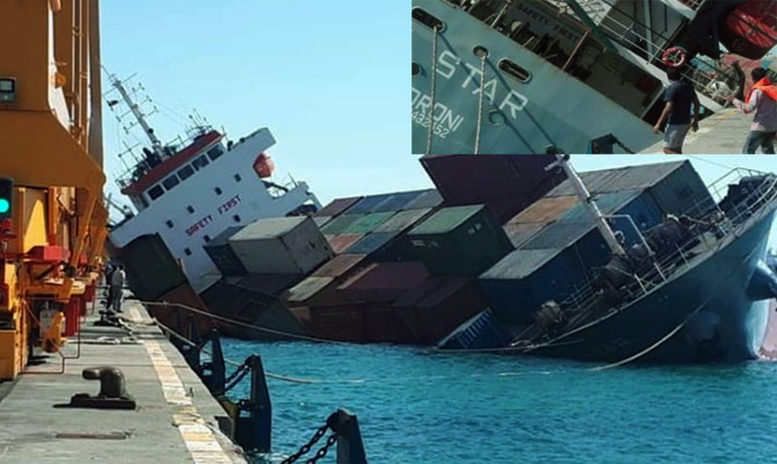During the 147th Maritime Forum, I had the opportunity to listen to a very informative presentation by MARINA Director Marc Anthony Pascua regarding Ballast Water Management. The presentation outlined its importance with regard to international transportation of Invasive Aquatic Organisms through commercial shipping. This presentation prompted me to further explore the issue, and write this article.
With the introduction of steel-hulled vessels, water has been used as ballast that stabilizes vessels at sea, and in port during cargo transfer operations. Ballast water is pumped in and out to maintain a safe and stable operating condition during all operations. This practice reduces stress on the hull, provides transverse stability, improves propulsion and maneuverability, and compensates for weight changes in various cargo load levels, in addition to fuel and water transfers.
While ballast water is essential for safe and efficient modern shipping operations, it may pose serious ecological, economic and health problems due to the multitude of marine species carried in ships’ ballast water. These include bacteria, microbes, small invertebrates, eggs, cysts and larvae of various species. The transferred species may survive to establish a reproductive population in the host environment, becoming invasive, out-competing native species and multiplying into pest proportions.
The problem of invasive species in ships’ ballast water is largely due to the expanded trade and traffic volume over the last few decades and, since the volumes of seaborne trade continue to increase, the problem may not yet have reached its peak. The effects in many areas of the world have been very problematic, quantitative data show that the rate of bio-invasions is continuing to increase at an alarming rate and new areas are being invaded all the time.
The spread of invasive species is now recognized as one of the greatest threats to the ecological and the economic well-being of the planet. These species are causing enormous damage to biodiversity and the valuable natural riches of the earth upon which we depend on. Direct and indirect health effects are becoming increasingly serious and the damage to the environment is sometimes irreversible.
Although I don’t have experience within Philippine waters, I do have first-hand knowledge of this issue while growing up around the Great Lakes in the United States when the Zebra Mussel invasion from the Black Sea in Eastern Europe occurred through discharged ballast water into the Great Lakes. It continues to be a problem requiring chemical application to control in the largest fresh water lakes in the world that has the potential to detrimentally affect the drinking water for millions in two countries, Canada and United States.

Asian Carp are also an invasive species invading the U.S. from the south end of the Mississippi River marching North up the Mississippi River and its tributaries heading for the Great Lakes past Chicago. Blockage plans are underway to prevent their entry. Asian Carp presence in the Great Lakes would decimate the local fish-stock causing millions of loss to commercial and sports fishermen.

Microbiologic invasion such as Cholera, Cladoceran Water Flea, and species of Toxic algae, among others, are also a serious concern for proper ballast water management and treatment. Entry of something of this nature into a habitat with no defense could have devastating consequences for the health and wellbeing of those in the affected areas.
There are many examples of international bio-invasions but since 2017, the International Maritime Organization (IMO) has been working globally and in the Philippines with strong support from MARINA to address/control/eradicate the potential for catastrophic invasion of serious invader aquatic invasive species.
Continued support for International aquatic safety is dependent on the work of IMO with support from the global community including Philippines’ MARINA to protect our pristine waters that surround our islands. In my research and opinion, MARINA has done a better job in protecting the Philippine waters than many other countries around the world.
It will take a globally consorted effort to manage and control this potentially invisible invasion to the pristine waters of the world, and the Philippines particularly as it is surrounded by sea.
Proper Ballast Water Management is not only important for control of invasive species invasion, so on a side note I’ve included what can, and does, actually happen when Ballast Water Management is miss-managed during cargo transfer. The importance of proper management is very evident in the pictures. It should be understood ballast water was indeed pumped into the harbor waters.
Some examples of aquatic bio-invasions causing major impact are listed in the table below, but there are hundreds of other serious invasions taking place, which have been recorded around the world.
